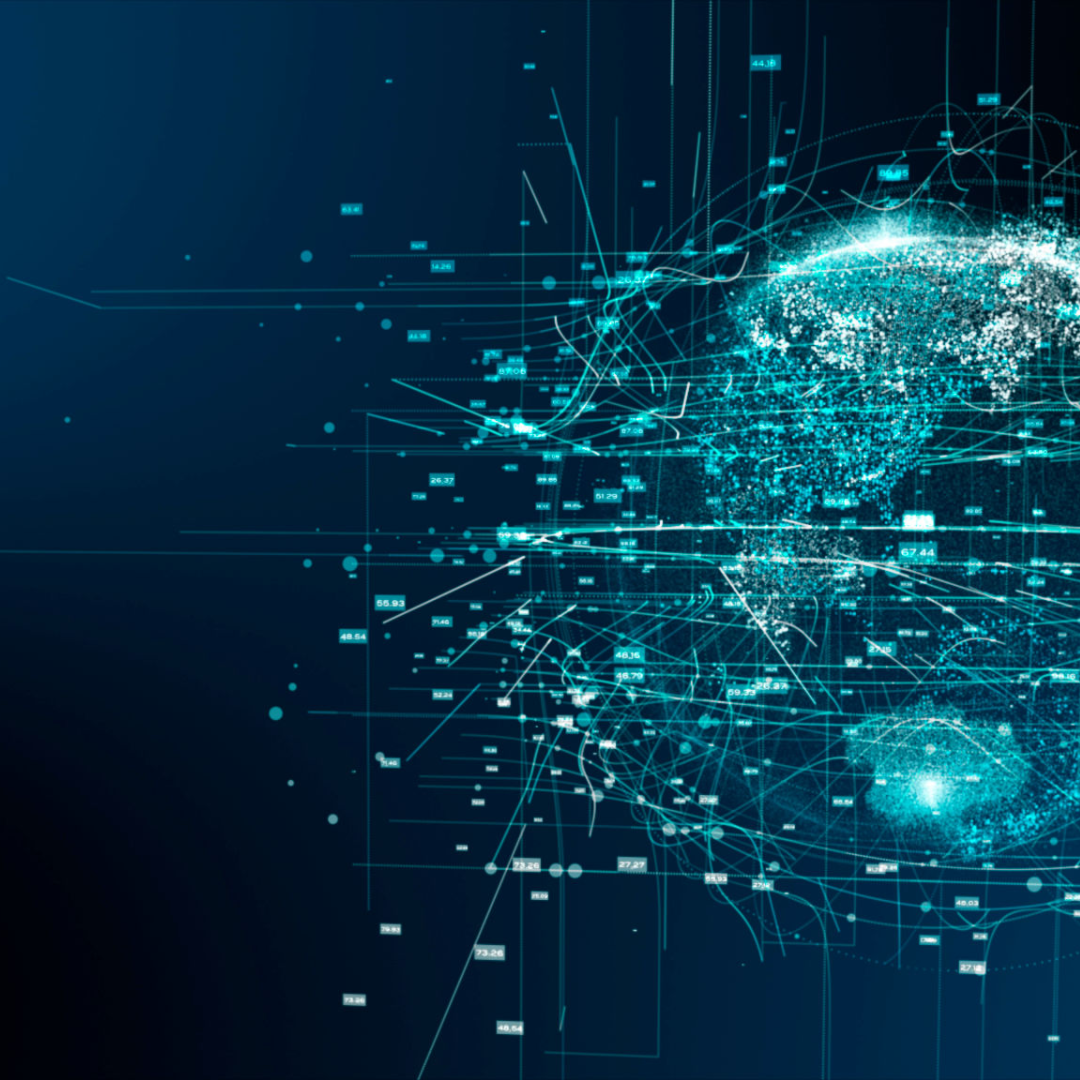Unlocking the Benefits of Sustainable Food for Students and Employees

In recent years, the concept of sustainable food has gained significant attention, and rightfully so. Sustainable food encompasses various principles such as organic farming, fair trade practices, and locally sourced products. However, despite its numerous benefits, many students and employees remain unaware of the positive impact that sustainable food can have on their health, the environment, and the economy. This article aims to shed light on the multiple advantages of sustainable food and explore effective ways to raise awareness among students and employees.
Health Benefits of Sustainable Food
One of the primary advantages of sustainable food is its positive impact on personal health. Unlike conventionally grown produce, organic food is free from harmful synthetic pesticides and genetically modified organisms (GMOs). By consuming organic food, individuals can minimize their exposure to potentially harmful chemicals, reduce the risk of pesticide residues in their bodies, and promote overall well-being.
Sustainable food is also known to be more nutritious. Research suggests that organic fruits, vegetables, and animal products tend to contain higher levels of vitamins, minerals, and antioxidants compared to their conventionally produced counterparts. By incorporating sustainable food into their diets, students and employees can improve their nutritional intake and support their long-term health goals.
Environmental Benefits of Sustainable Food
The environmental impact of our food choices cannot be overstated. Conventional agriculture practices often involve heavy use of synthetic pesticides and fertilizers, which can contaminate soil, water, and air. Moreover, the transportation of food over long distances contributes to carbon emissions and air pollution.
In contrast, sustainable food production methods prioritize environmentally friendly practices. Organic farming techniques emphasize soil conservation, biodiversity, and the use of natural fertilizers. By choosing sustainably produced food, individuals can actively contribute to the preservation of ecosystems, the reduction of greenhouse gas emissions, and the protection of natural resources.
Economic Benefits of Sustainable Food
While sustainable food choices may seem costlier initially, they can have long-term economic benefits for both individuals and communities. By supporting local and fair trade food systems, students and employees can help strengthen the local economy and promote job creation. Local farmers and producers benefit from direct sales, leading to a more resilient and sustainable food network.
Additionally, sustainable food practices contribute to reducing healthcare costs. The consumption of organic and locally sourced food can help prevent various chronic diseases associated with poor dietary habits. By prioritizing sustainable food options, individuals can reduce their healthcare expenses and improve their overall well-being.
Effective Strategies to Raise Awareness
To ensure that students and employees are aware of the benefits of sustainable food, education and engagement are crucial. Here are some effective strategies to raise awareness:
a. Incorporate sustainability into educational curricula: Educational institutions can integrate sustainable food topics into their curricula, offering courses or workshops that educate students about the importance of organic, fair trade, and local food. By fostering a sense of responsibility towards food choices, students can become advocates for sustainable practices.
b. Create workplace wellness programs: Employers can play a vital role in raising awareness by introducing wellness programs that emphasize sustainable food choices. This can include educational workshops, cooking demonstrations, or initiatives like workplace gardens or farm-to-table initiatives. Such programs not only promote healthy eating but also encourage a sense of community and engagement among employees.
c. Promote sustainable food initiatives: Encouraging partnerships between local farmers, businesses, and educational institutions can help promote sustainable food initiatives. Collaborative efforts, such as farmers’ markets or community-supported agriculture (CSA) programs, can provide access to sustainable food options while strengthening local economies.
d. Utilize digital platforms: Social media and online platforms provide excellent opportunities to disseminate information and engage with a wide audience. By creating engaging content, sharing success stories, and highlighting the benefits of sustainable food, individuals and organizations can effectively raise awareness and inspire action.
Raising awareness about the multiple benefits of sustainable food is crucial for students and employees. By understanding the positive impacts on health, the environment, and the economy, individuals can make informed choices that contribute to their personal well-being and the greater good. Through education, workplace initiatives, community engagement, and the effective use of digital platforms, we can collectively foster a culture of sustainability and empower individuals to embrace sustainable food practices.
ESG Intelligence Platform
Check out the initiatives and innovations related to different ESG themes now!










